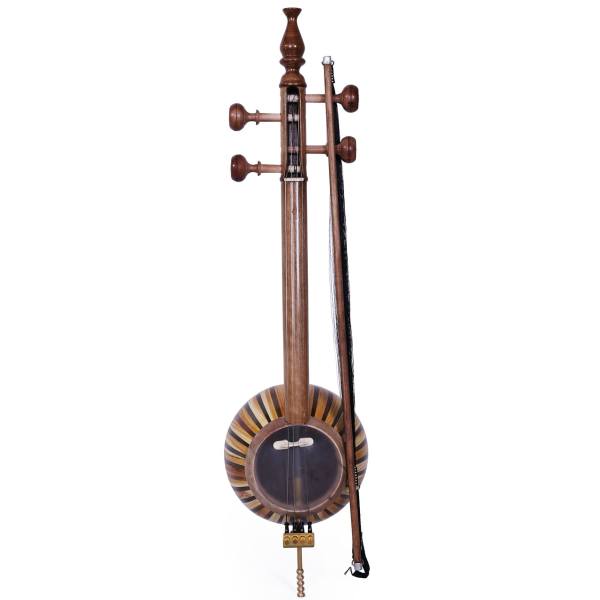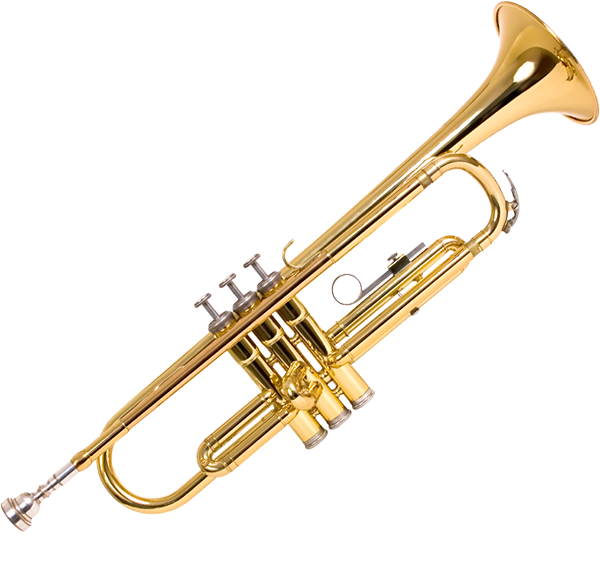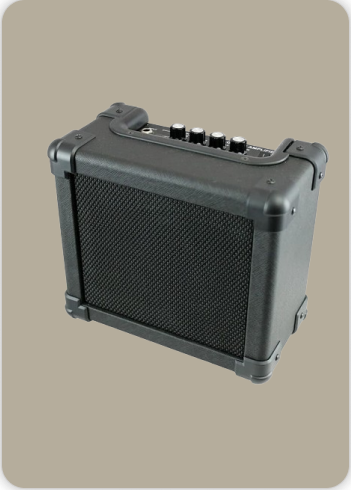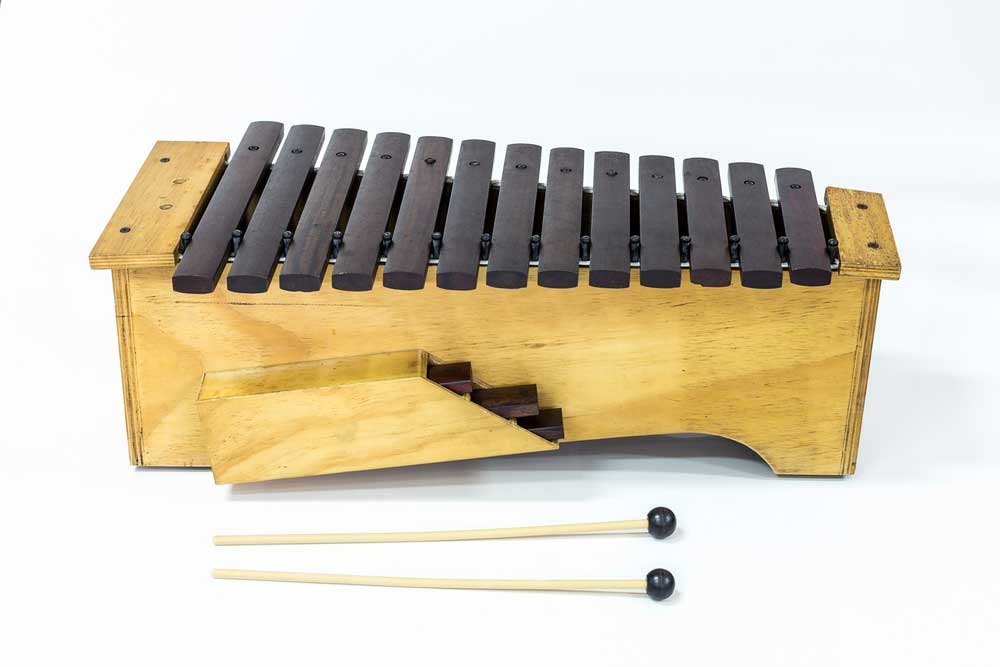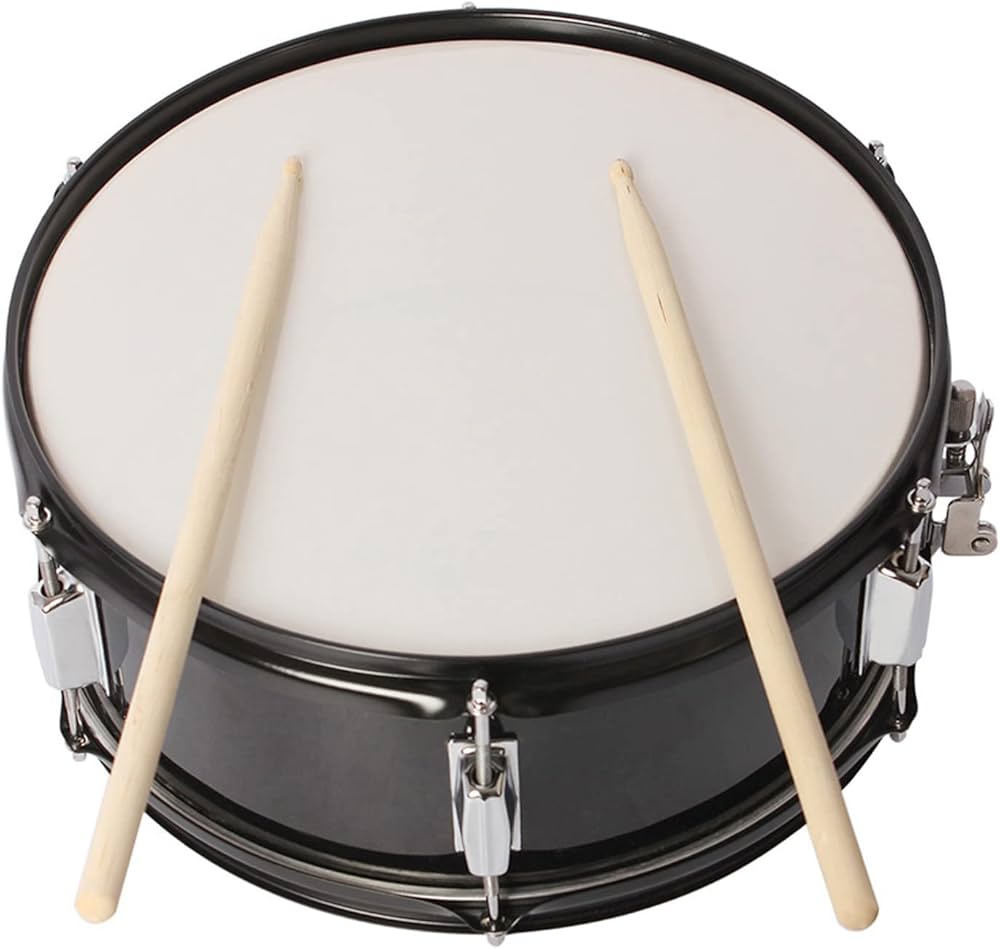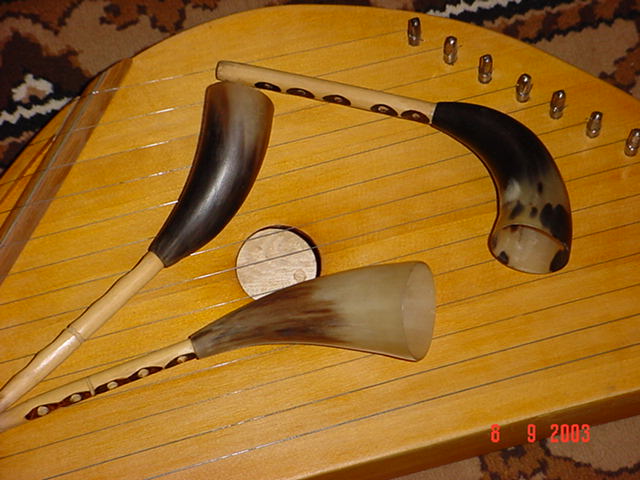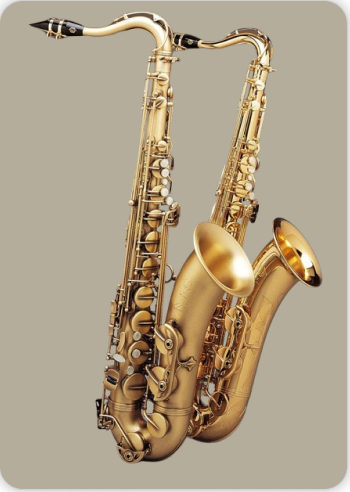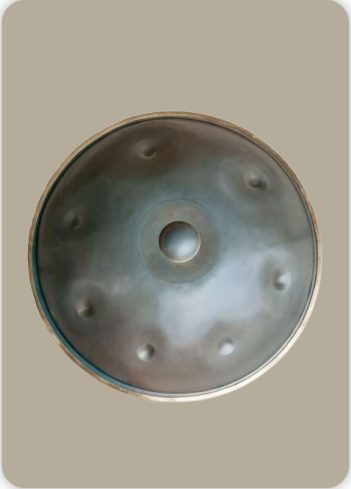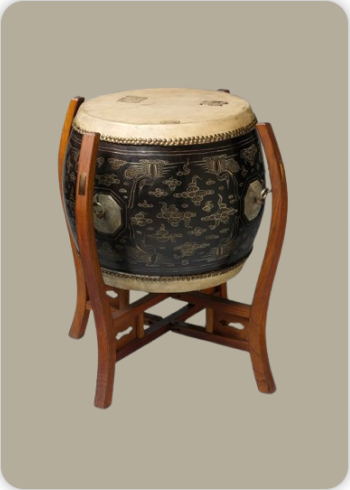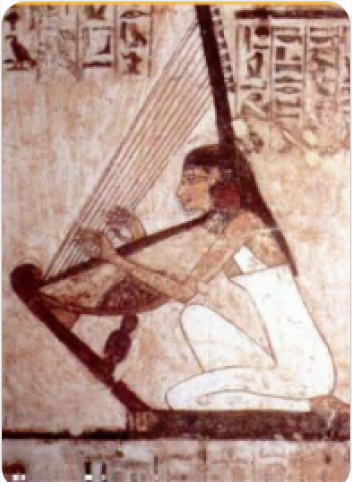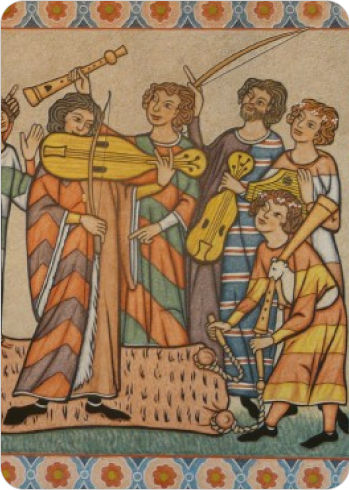Zhaleika
Woodwinds
Europe
Between 1001 and 1900 AD
Video
The zhaleika is a traditional Slavic wind instrument, primarily associated with Belarusian, Russian, and occasionally Ukrainian folk music. Known for its distinctive sound and cultural significance, the zhaleika has a rich history and unique characteristics that make it an important part of Eastern European musical heritage.
What is a Zhaleika?
The zhaleika is classified as a single-reed aerophone, similar to a clarinet or hornpipe. It typically consists of:
- A wooden barrel or pipe, usually measuring between 10 to 20 cm in length.
- Finger holes (ranging from 3 to 7) that allow the player to change pitch.
- A flared bell made from materials such as cow horn or birch bark.
- A reed made from cane or goose feather, which is covered by a mouthpiece or “wind cap” to facilitate sound production.
Why It Is Used
The zhaleika serves multiple purposes in traditional music:
It plays a vital role in folk music ensembles, often used to convey emotions ranging from joy to sorrow.
Historically, the zhaleika was employed in various ceremonies, including funerals, where its mournful sound could express compassion and grief. The instrument can perform both fast-paced dance tunes and slow, melancholic melodies, making it suitable for diverse musical contexts.
Work Mechanics
Sound is produced in the zhaleika through:
Single Reed Mechanism: When the player blows air into the mouthpiece, the reed vibrates and creates sound. The pitch is altered by covering or uncovering the finger holes.
Diatonic Tuning: The instrument is typically tuned diatonically and can be adjusted to various keys (G, A, D, C, E, F). This allows for a limited range of notes—usually an octave.
Characteristics
The zhaleika has a piercing and nasal quality that can be described as both sad and compassionate. Its sound is often associated with deep emotional expression.
It produces a high volume with a fast attack and decay, making it suitable for outdoor performances and lively gatherings. Variants include single-pipe and double-pipe models. The double-pipe version consists of two pipes sharing one bell and is more common in southern Russia.
History and Origin
The origins of the zhaleika can be traced back to ancient times:
Historical Roots: Early single-reed instruments date back to around 2700 BCE in Egypt. The zhaleika itself has been documented since at least the late 18th century in Russia.
Shepherd’s Instrument: Traditionally used by shepherds for solo performances or small ensembles, the zhaleika became widely popular across Slavic regions.
Integration into Folk Orchestras: In the early 20th century, musician V.V. Andreyev incorporated modified versions of the zhaleika into folk orchestras, enhancing its role in ensemble music.
Significance
The zhaleika holds significant cultural value:
As one of the most recognizable Russian folk instruments, it embodies the musical traditions of Eastern Europe.
Its name derives from words associated with compassion, reflecting its historical use in mourning and remembrance. The zhaleika continues to be featured in modern compositions by folk-metal bands and ethnic music ensembles, showcasing its adaptability and enduring appeal.
It is not only an instrument but also a vessel of cultural expression that connects generations through its rich history and emotive sound. Its presence in both traditional and contemporary music underscores its importance within Slavic musical traditions.
FAQ
What are some famous compositions that feature the zhaleika?
While the zhaleika is rarely featured in mainstream classical compositions, it holds a significant place in Russian folk music. It is prominently featured in songs such as "Kamarinskaya" and "Korobushka," evoking rural and pastoral themes. Modern composers like Valery Gavrilin and Alfred Schnittke have occasionally included the zhaleika in their works inspired by Slavic folklore, utilizing its distinct, reedy tone to enhance the traditional sound of their compositions.
How has the zhaleika evolved over the centuries?
The zhaleika has evolved from a simple shepherd's instrument into a symbol of Russian folk music. Originally crafted from natural materials like wood, bark, or reed, early versions were straightforward and rustic. In modern times, the design has been refined with the use of more durable materials and standardized tunings, increasing its versatility in both traditional and contemporary performances.
Are there any famous musicians known for playing the zhaleika?
Although the zhaleika is not widely known internationally, it has been championed by several Russian folk musicians. Ivan Klyuchnikov, a master of Russian folk instruments, has been instrumental in popularizing the zhaleika. It is also frequently featured in performances by the Moscow State Folk Orchestra and other Russian folk ensembles, where it plays a key role in preserving and showcasing traditional Russian music.
How does the zhaleika's sound compare to other folk clarinets from around the world?
The zhaleika's sound stands apart from other folk clarinets due to its sharp, nasal, and reedy tone, which contrasts with the mellower or breathier tones of other folk clarinets. In comparison to instruments like the Chinese suona or the Turkish mey, the zhaleika's sound is considered more rustic and raw, with a less resonant quality, often described as "earthy" or "rough."
 Links
Links
References
Other Instrument
Categories
